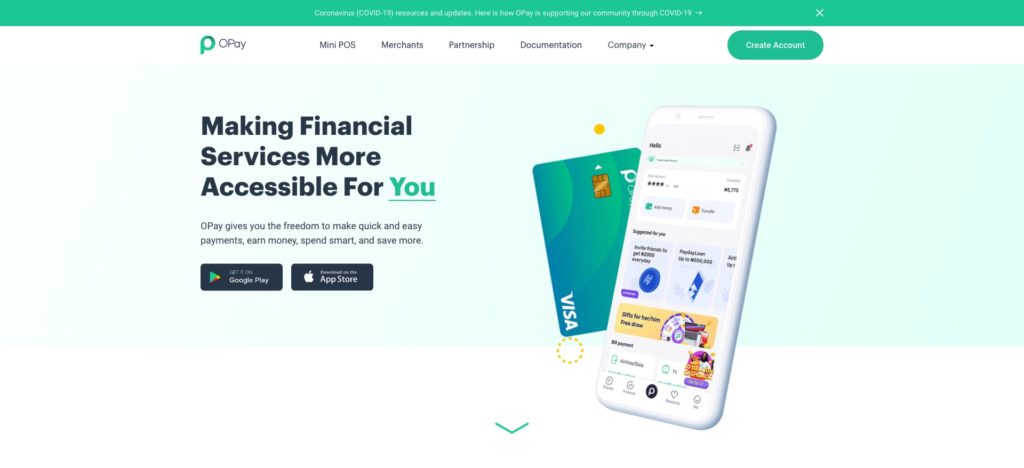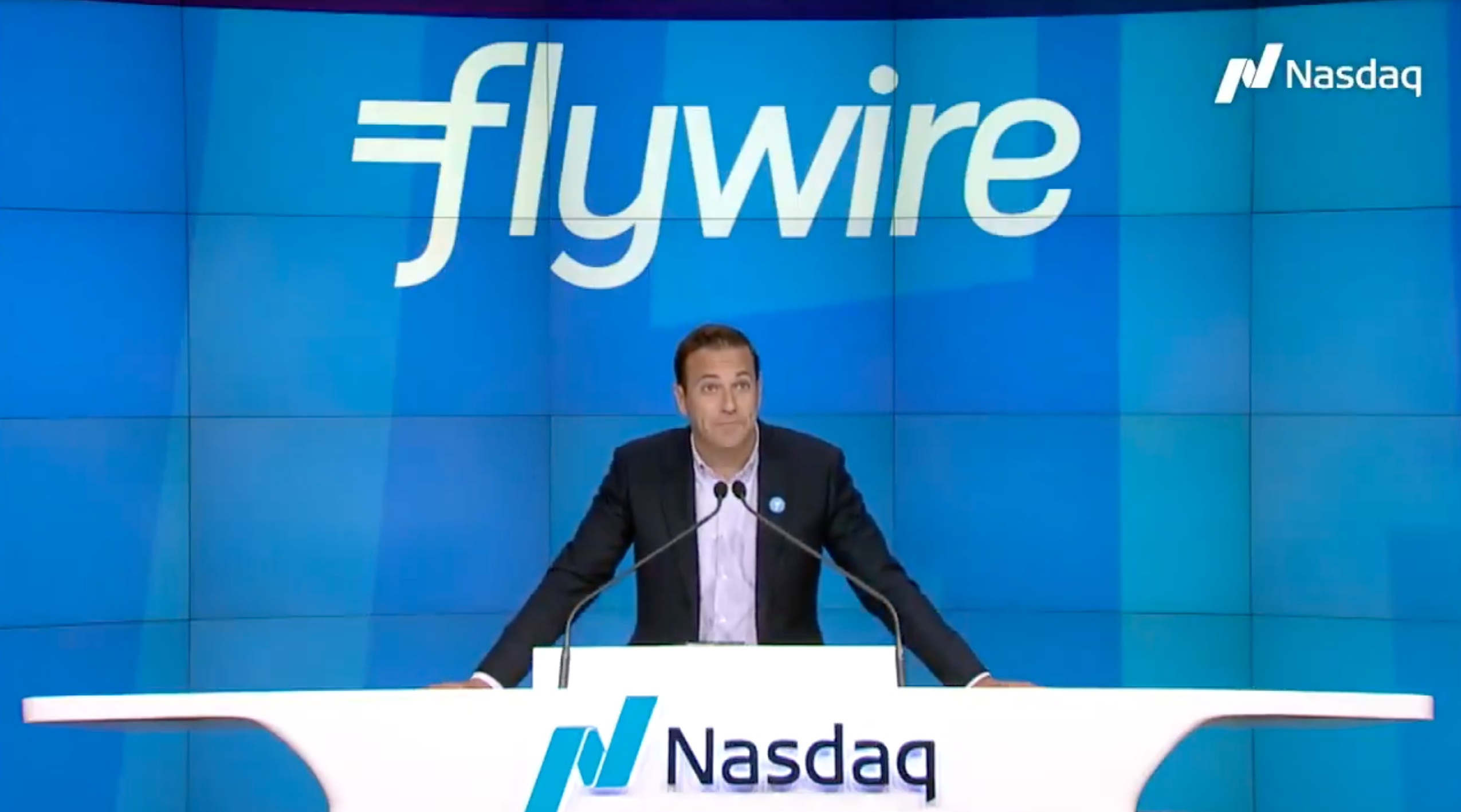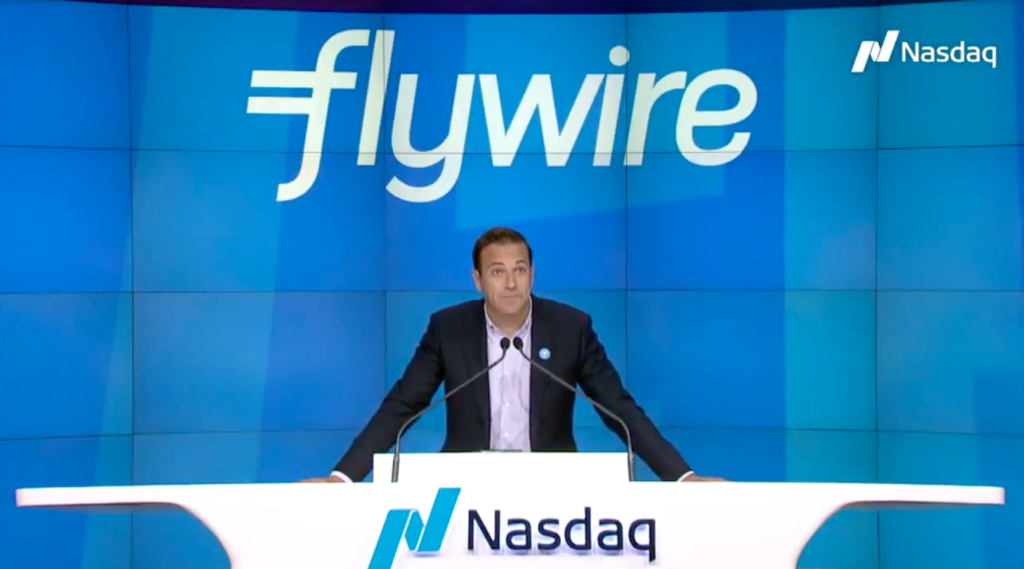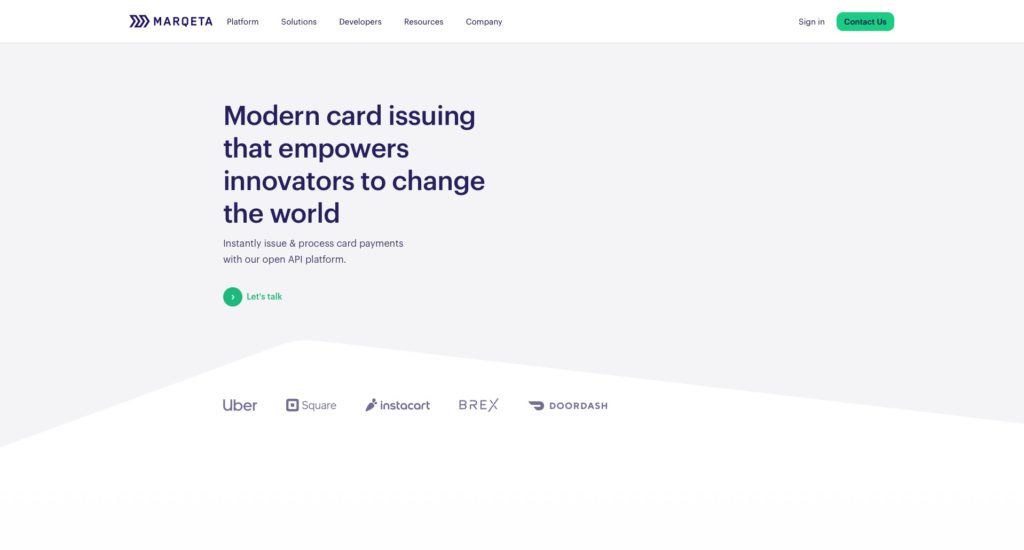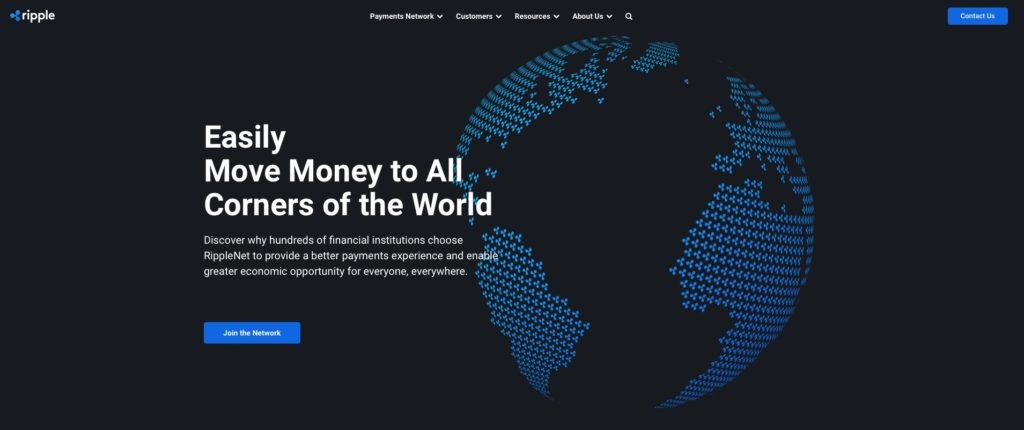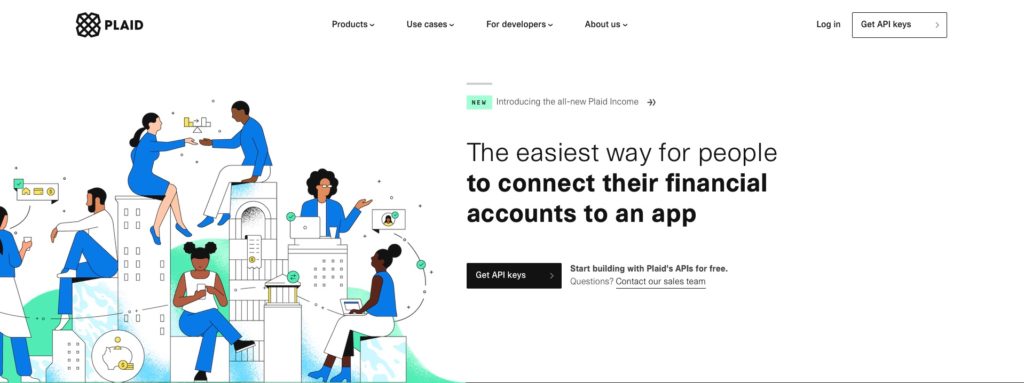
This is a guest post by John Minor, SVP of Product and Support at PayNearMe.
Pay by check? Yes, that’s still a thing. In fact, nearly a quarter of consumers (22%) pay their monthly utility bill and 9% make monthly mortgage payments by mailing a check or money order to the biller, according to a recent bill payment study by PayNearMe.
Traditional, non-digital forms of bill payment can be expensive. The labor cost to have employees available to accept cash or check payments and then manually count, sort, reconcile, and deposit these payments throughout the day is reason enough for businesses to encourage customers to adopt digital bill payments.
However, eliminating these familiar payment types and transitioning customers to electronic payments can be challenging. Here are three strategies to try:
Put electronic bill pay options front and center
At every opportunity, put digital pay options in front of your customers — on billing statements, through customer service representatives, via emails, on your website, and through push notifications.
For example, savvy billers are now generating personalized QR codes for customers that can be printed on paper billing statements. Customers then can pay their bill by scanning the code and choosing their preferred method of payment without having to log into their account. It’s frictionless, fast, and encourages your customers to pay their bills electronically.
Offer mobile payments
Mobile payments are nearly ubiquitous. The majority of Americans (74%) use their phone to order and pay for food and merchandise at least once a week, and nearly 1 in 3 Americans (29%) would like to pay with their smartphones all the time.
This same consumer behavior translates to the way they expect to pay their bills. In fact, according to this bill payment study, Americans are likely to pay their bills using one of the following forms of mobile payment, if they have the option:
- 26% — likely to pay bills via text message on their mobile phone
- 32% — likely to pay bills by scanning a QR code on their bill and paying using their mobile phone
- 37% — likely to pay bills using their mobile wallet (Apple Pay / Google Pay)
The data is clear: your customers want to pay with their mobile devices. To accommodate them, look for a payment platform that enables your business to accept multiple forms of payment, including Apple Pay and Google Pay.
Enlist your customer service staff
Every time traditional bill payers pick up the phone to make a payment or drop by the office to pay in person, the customer service agent has an opportunity to promote digital bill payment options. The agent can ask questions like:
- “Have you considered paying your loan through our electronic payment system? Let me tell you why it is such a convenient option!”
- “Can I email or text you a link so you can enter your payment information directly?”
- “Would you like me to assist you in signing up for autopay to make your monthly payment easier?”
These one-on-one conversations can help get customers over the initial learning curve and help those who are hesitant feel more confident in making the switch from traditional to digital payments.
The majority of consumers (69%) prefer digital payment channels to paying bills by mail, phone, or in-person. But, getting set up on electronic payments has to be easy. Your customers don’t want to deal with lengthy forms, frustrating sign up processes, or having to provide payment details every month. Instead, use techniques like embedding personalized payment links or QR codes in billing statements and reminder messages so your customers can simply click a link or scan a code to go directly to their payment screen.
Transitioning your customers to digital bill payment will save your company time and money while affording your customers greater freedom and flexibility. It’s worth the effort.
John Minor is SVP of Product and Support for PayNearMe, leading the product, merchant services and support teams. By combining industry research with client and partner feedback, he ensures that PayNearMe’s solutions continue to lead the market in terms of mobile readiness, ease of use, and advanced bill pay and collection techniques.
Photo by LinkedIn Sales Solutions on Unsplash



